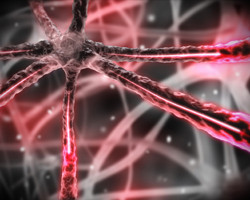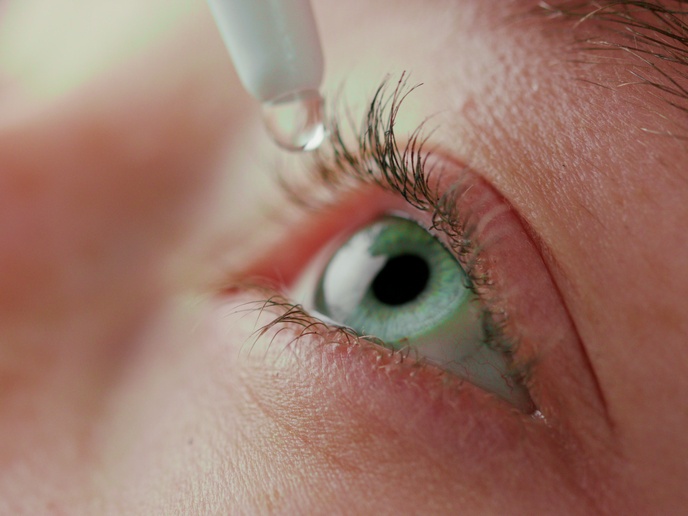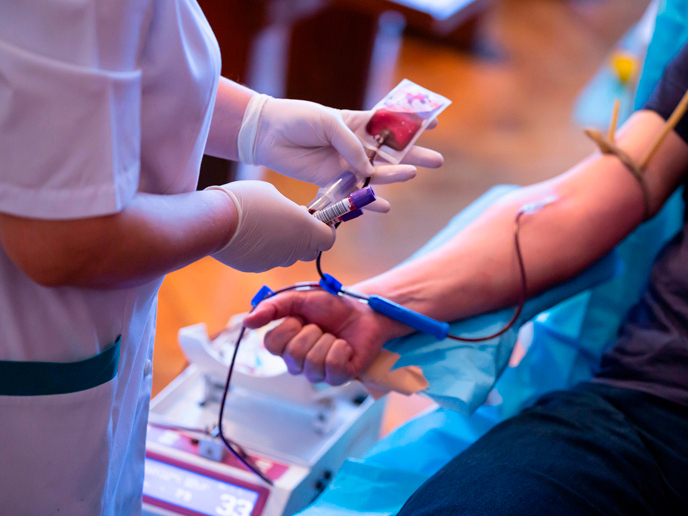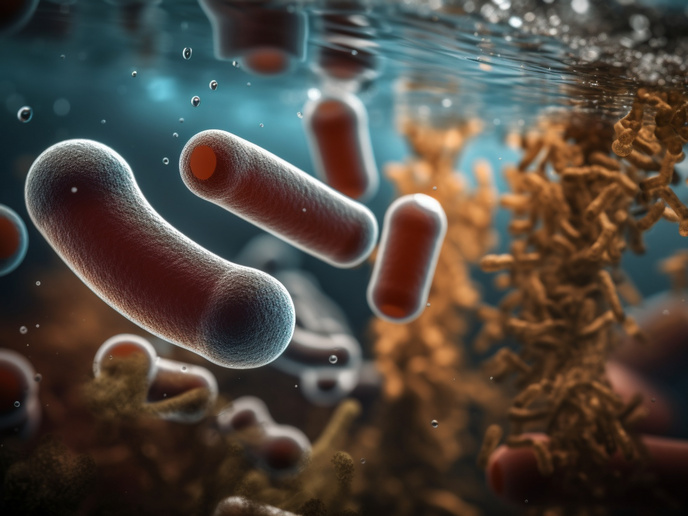Mechanisms of neuronal connectivity
A growth cone is a dynamic extension of developing neurites seeking their synaptic target for connecting. Neuronal growth cones are situated on the very tips of nerve cells on structures called axons and dendrites. The goal of the EU-funded 'Mechanobiology of Aplysia neurons' (MAPNE) project was to understand the mechanisms of directed movements of neuronal growth cones. This process, known as 'growth cone steering', leads to the establishment of neuronal connectivity in normal development and in pathological conditions. MAPNE particularly aimed at understanding the role of mechanical force and neural cell adhesion molecules in growth cone motility. The main instrument necessary for this research was a high-resolution force measurement system, the atomic force microscope (AFM), coupled with Forster resonance energy transfer (FRET) imaging capabilities. MAPNE researchers used adhesion-mediated growth cone steering in sea slug Aplysia californica neurons as a study subject. They were able to measure simultaneously the resulting traction force by AFM and intracellular signalling by FRET optical microscopy. The Aplysia homologue of the human neural cell adhesion molecule is the Aplysia cell adhesion molecule (apCAM). apCAM is mainly located at the trailing edge (lamellipodium) of Aplysia bag cell growth cones. Researchers initially measured the binding kinetic between individual apCAM molecules in a model system. Secondly, the binding kinetic between apCAM molecules was measured on Aplysia growth cones. Finally, they correlated the force transduced by the cell cytoskeleton upon growth cone steering with intracellular Src activation. These measurements were the first direct evidence of mechanotransduction — i.e. the transformation of an external mechanical signal into a chemical signal inside the cell. These results are a fundamental prerequisite to investigate more complex mechanotransduction mechanisms and this research is currently underway. The research carried out in MAPNE will help further understanding of the molecular and neurobiological bases of neurodegenerative diseases. As such, it will contribute to the search for new therapeutic targets.







